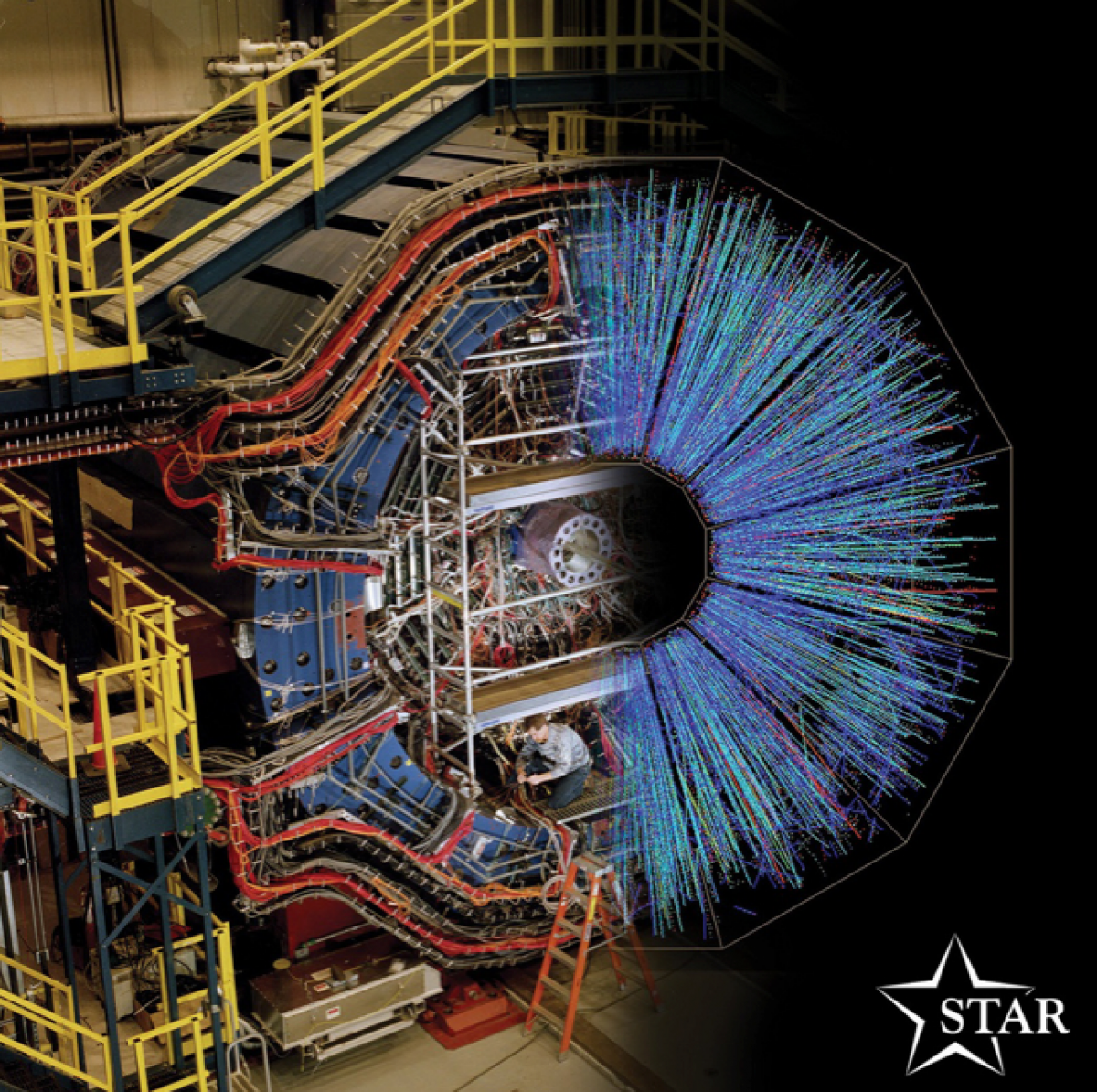 Welcome to the UCLA Nuclear Physics Group
Welcome to the UCLA Nuclear Physics Group
The mission of the nuclear physics program is to discover, explore, and understand all forms of nuclear matter.
Although the fundamental particles that compose nuclear matter – quarks and gluons – are themselves relatively well understood, exactly how they interact and combine to form the different types of matter observed in the universe today and during its evolution remains largely unknown. The nuclear physics research is focused on understanding the matter composed of quarks and gluons as described by Quantum Chromodynamics (QCD), which makes up 99% of the visible mass of the universe; as well as the fundamental nature of the neutrinos.
Our current research program includes both experimental nuclear physics research and theoretical nuclear physics research.